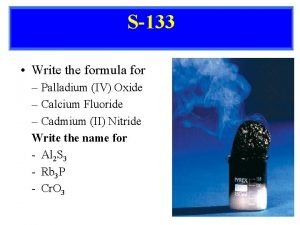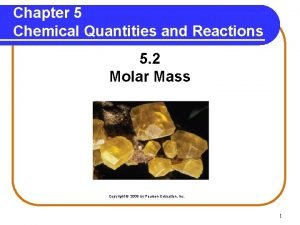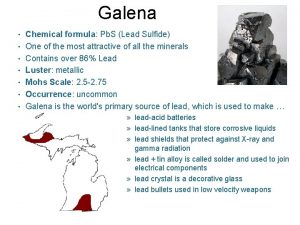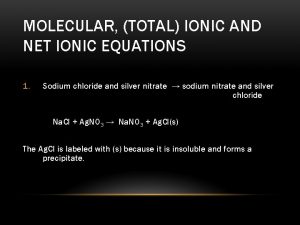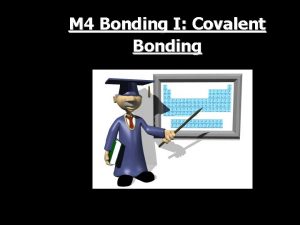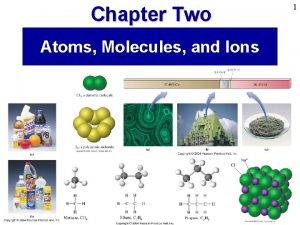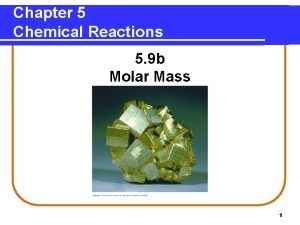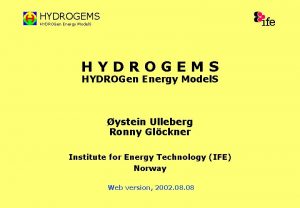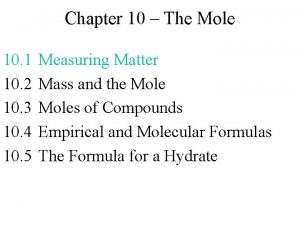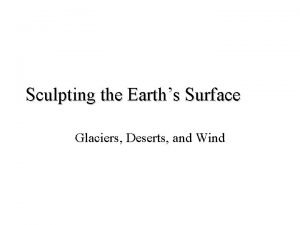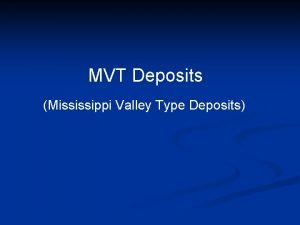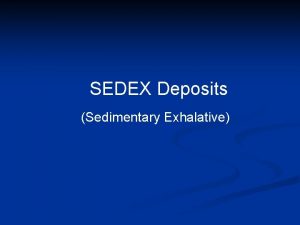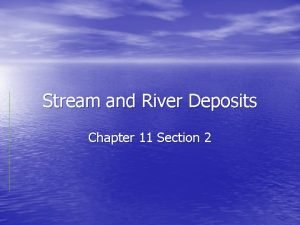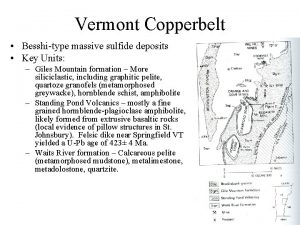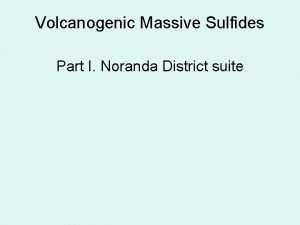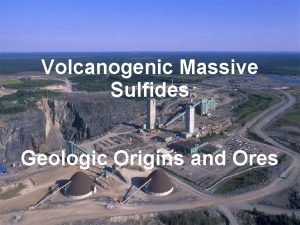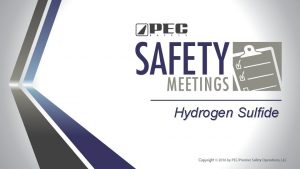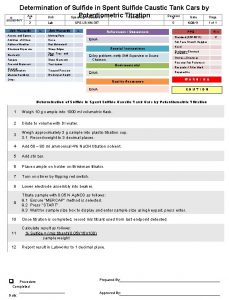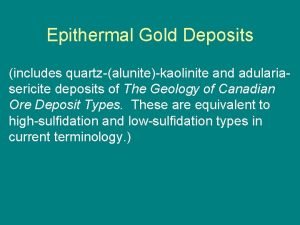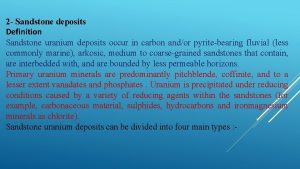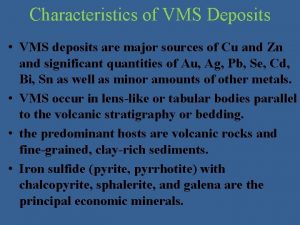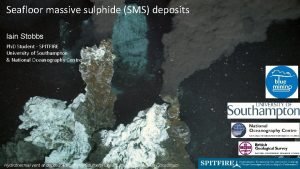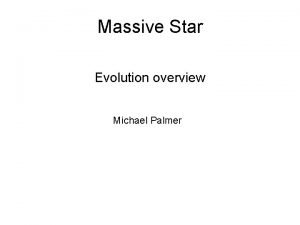Volcanogenic Massive Sulfide or Volcanichosted Massive Sulfide Deposits



















- Slides: 19

Volcanogenic Massive Sulfide or Volcanic-hosted Massive Sulfide Deposits


Table 1. Major World VMS Deposits and Districts No. * Deposit/District, Country Tonnage (Mt) 1 Brooks Range, Alaska 35 23 Skellefte, Sweden 70 2 Finlayson Lake, Yukon 20 24 Outokumpu-Pyhasalmi, Finland 90 3 Windy Craggy, BC & Green's Creek, Alaska 300 25 Bergslagen-Orijarvi, Sweden & Finland 110 4 Northern Cordillera, British Columbia 100 26 Preiska, South Africa 45 5 Myra Falls, British Columbia 35 27 Troodos, Cyprus 35 6 Shasta, California 35 28 Black Sea, Turkey 200 7 Jerome, Arizona 40 29 Saudi Arabia 70 8 Central Mexico 120 30 Semail, Oman 30 9 Tambo Grande, Peru 200 31 Southern Urals, Russia 400 10 Amazonian craton, Brazil 35 32 Central Urals, Russia 100 11 Slave Province, Northwest Territories, Nunavut 30 33 Rudny Altai, Kazahkstan 400 12 Ruttan, Manitoba 85 34 Altai-Shan, Mongolia 40

Table 1. (cont. ) 13 Flin Flon-Snow Lake, Manitoba 150 35 North Qilian, China 100 14 Geco-Manitouwadge, Ontario 60 36 Sanjiang, China 50 15 Sturgeon Lake, Ontario 35 37 Bawdwin-Laocang, Burma 40 16 Ladysmith-Rhinelander, Wisconsin 80 38 Hokuroko, Japan 80 17 Abitibi, Ontario-Quebec 600 39 Besshi, Japan 230 18 Bathurst, New Brunswick 495 40 Phillipines 65 19 Dunnage Zone, Newfoundland 75 41 -42 Western Australia 75 20 Iberian Pyrite Belt, Spain & Portugal 1575 43 Central Queensland, Australia 80 21 Avoca, Ireland 37 44 Lachlan Fold Belt, Australia 100 22 Trondhjeim, Norway 100 45 Mt. Read, Tasmania 200 46 Sino-Korean Platform 40

Table 2. Examples of Large-Tonnage VMS Deposits of the World (Canadian deposits in red). Deposit Location 1 Mt Cu Zn Pb Ag Au Age wt. % g/t Giant Deposits (>100 Mt) Windy Craggy British Columbia 297. 4 1. 38 Neves Corvo 4 0. 2 Triassic Portugal 270 1. 6 1. 4 0. 3 30 Aljustrel Portugal 250 0. 8 3 1 38 0. 8 Carboniferous Rio Tinto (massive) Spain 250 1 2 1 30 0. 22 Carboniferous La Zarza Spain 164 0. 7 1. 5 0. 5 24 1 Carboniferous Horne (No. 5 Zone) Quebec 150 0. 1 0. 7 Kidd Creek Ontario 149. 3 2. 89 6. 36 0. 26 Brunswick No. 12 New Brunswick 137. 3 0. 33 9. 56 Tharsis Spain 110 0. 5 Mt. Lyell Tasmania 106. 8 1. 19 Carboniferous 0. 3 Archean 92 0. 05 Archean 3. 56 100 0. 2 Ordovician 2. 7 0. 6 22 0. 7 Carboniferous 0. 04 0. 01 7 0. 41 Cambrian






Cyprus type primitive type Noranda subtype e. g. (? ) Eskay Creek Besshi type kuroko type primitive type Mattabi subtype

A. Canadian deposits B. Worldwide deposits

There are three principal tectonic environments in which VMS deposits form, each representing a stage in the formation of the Earth's crust. (A) Early Earth evolution was dominated by mantle plume activity, during which numerous incipient rift events formed basins characterized by early ocean crust in the form of primitive basalts and/or komatiites, followed by siliciclastic infill and associated Fe-formation and mafic-ultramafic sills. In the Phanerozoic, similar types of incipient rifts formed during transpressional, back-arc rifting (Windy Craggy). (B) The formation of ocean basins was associated with the development of ocean spreading centers along which mafic-dominated VMS deposits formed. The development of subduction zones resulted in oceanic arc formation with associated extensional domains in which bimodal mafic, bimodal felsic, and mafic-dominated VMS deposits formed. (C) The formation of mature arc and ocean-continent subduction fronts resulted in successor arc and continental volcanic arc assemblages that host most of the felsic-dominated and bimodal siliciclastic deposits. Thin black arrows represent direction of extension and thick, pale arrows represent mantle movement.

The development and maturation of a generic subseafloor hydrothermal system involves three stages. (A) The relatively deep emplacement of a subvolcanic intrusion below a rift/caldera and the establishment of a shallow circulating, low-temperature seawater convection system. This results in shallow subseafloor alteration and associated formation of hydrothermal exhalative sediments. (B) Higher level intrusion of subvolcanic magmas and resultant generation of a deep-seated subseafloor seawater convection system in which net gains and losses of elements are dictated by subhorizontal isotherms. (C) Development of a mature, large-scale hydrothermal system in which subhorizontal isotherms control the formation of semiconformable hydrothermal alteration assemblages. The high-temperature reaction zone next to the cooling intrusion is periodically breached due to seismic activity or dyke emplacement, allowing focused upflow of metal-rich fluids to the seafloor and formation of VMS deposits. From Galley (1993).



A schematic composite section through a VMS alteration system in the Bathurst mining camp as an example of a VMS proximal alteration zone metamorphosed to greenschist-grade mineral assemblages. From Goodfellow et al. (2003).

A stylized cross-section through the proximal alteration zone at the Chisel deposit, Snow Lake mining camp, illustrating the changes in mineral assemblages that occur when the terrane undergoes lower to middle amphibolite-grade regional metamorphism. From Galley et al. (1993).

 Palladium(iv) fluoride formula
Palladium(iv) fluoride formula Allyl sulfide molar mass
Allyl sulfide molar mass Galena formula
Galena formula Molecular total and net ionic equations
Molecular total and net ionic equations Dot and cross diagram
Dot and cross diagram Lithium sulfide formula
Lithium sulfide formula Sodium sulfide formula
Sodium sulfide formula Allyl sulfide molar mass
Allyl sulfide molar mass What is the percent yield of ferrous sulfide
What is the percent yield of ferrous sulfide Carbonyl sulfide intermolecular forces
Carbonyl sulfide intermolecular forces Hydrogems
Hydrogems Allyl sulfide molar mass
Allyl sulfide molar mass Glacial deposits
Glacial deposits Mvt deposits
Mvt deposits Sedexore
Sedexore Ritika deposits 200 every month
Ritika deposits 200 every month Emotional bank account examples
Emotional bank account examples Chapter 11 section 2 stream and river deposits answer key
Chapter 11 section 2 stream and river deposits answer key Agency functions of commercial banks
Agency functions of commercial banks Calcium deposits
Calcium deposits
